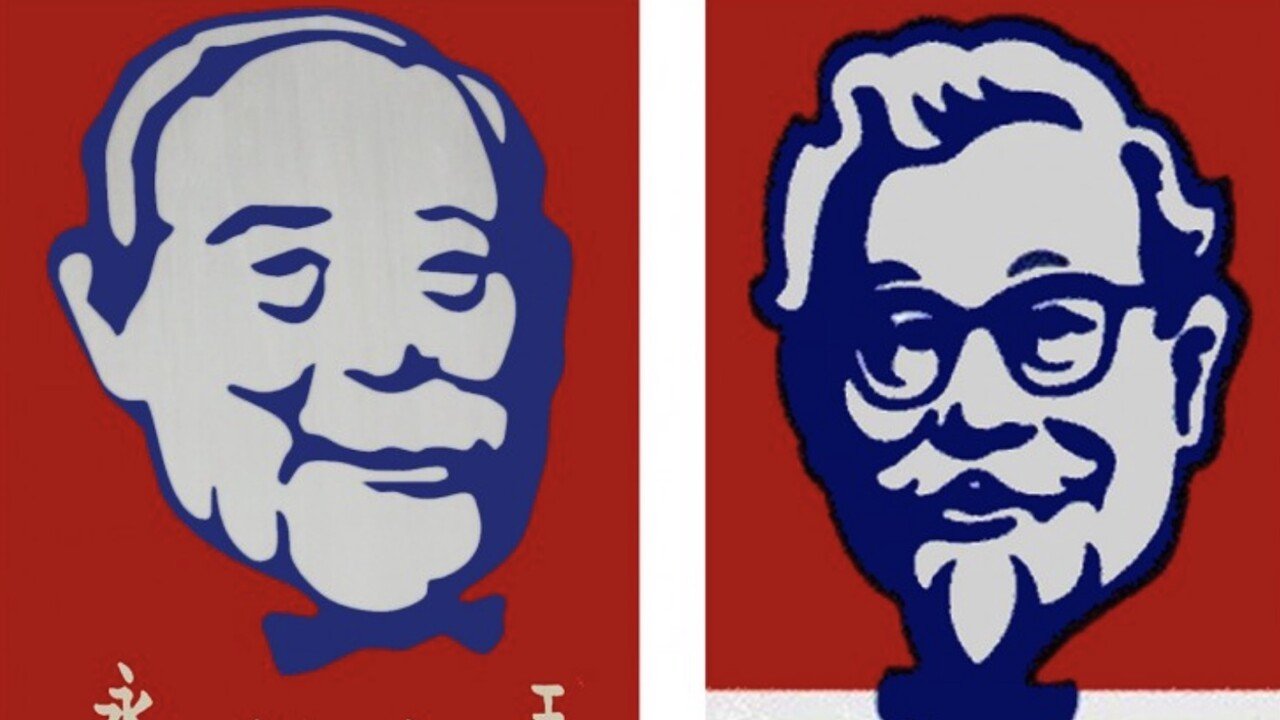Chinese Counterfeits?
It’s complicated. Let me explain.
Through our work with various brands, both online and offline, we frequently interact with partners and customers across China. During these interactions, we gain insights into their business models. Here are a few interesting stories.
Example 1: Choose Italian, Receive Chinese
A company started as a furniture distributor and achieved significant success, eventually partnering with around 20 retailers.
To improve their profit margins, they decided to create their own brand instead of relying on others. They registered a new brand and opened an expansive, three-level showroom in one of China's prime furniture malls. This showroom featured high-end Italian imports priced between $10,000 and $100,000, but the original logos and labels were replaced with the company's own branding. When customers expressed interest, the company ordered Chinese factories to produce replicas of the original furniture. These were exact copies, with no design studio or inventory involved.
To reiterate, customers looked at the original Italian pieces of furniture in the showroom when placing orders, but what they later received were Chinese-made copies produced by a company with no affiliation to the original manufacturer they selected.
Despite some affected brands filing lawsuits, the Chinese company prevailed due to a loose rule stating that if a copy is more than 5% different from the original, it is not considered a copy. Whether there was an actual 5% difference is impossible to measure.
Takeaway: China is a challenging market. The reason most imported brands sell at higher prices compared to other markets is not just due to added logistics, taxes, and manufacturing costs, but also because of increased expenses related to IP protection.
Example 2: Begin with Import, Transition to Local
This company started as a side venture, importing foreign sportswear for a niche market segment. The owner established a multi-brand store on Taobao, known for selling various imported clothing brands and building a strong reputation for high-quality products. No effort was made to promote the individual clothing brands. Instead, the owner focused on establishing her reputation as a curator of quality foreign items.
Customers visited her online shop to find good products she recommended. Later, the owner launched her own Chinese-made brand by sending imported clothes to local factories to create identical copies. This brand was registered abroad, allowing it to be marketed as a foreign brand (which is technically true if you have trademarks abroad...). The new brand was placed in the store alongside other brands, offering similar designs at lower prices.
More advertising budget was allocated to this brand through search and homepage ads, and fake positive comments were added to manipulate the Taobao algorithm into promoting this product ahead of others, making it a best-seller. Eventually, this brand accounted for most of the shop's sales. Imported brands are still available alongside this brand, but they now represent only a small portion of total sales.
Takeaway: Many smaller foreign brands first enter the Chinese market via multi-brand online shops on Taobao and Tmall, as in the example above. This is particularly common with smaller perfume, cosmetics, clothing, or candle and other home accessories brands. While you may see quick sales and upfront wholesale orders, these often suddenly stop, leaving the brand wondering what happened. You must understand that these sellers are not building your brand; they are building their own. You are replaceable. If you want a long-term China strategy and sustained sales rather than a temporary sales bump, you need to invest in building your own brand reputation.
Example 3: Begin with Import, Transition to Local Works Offline Too
This company, employing over 1,000 people in China, also runs a shop selling imported goods. Although not their primary business, this venture boosted their image in China and was a passion project for one of the owners. After a decade in business, they registered a new brand trademark in Europe. This brand is now sold alongside other imported brands the company is known for, but the products are entirely manufactured in China. They exploit the perception of being an import goods shop and the European trademark to market these products as a foreign brand, allowing them to secure higher commissions than they would with genuine imported goods.
Takeaway: Most offline sales in China occur through individual brand stores, where your brand name is the name of the shop. This approach builds brand recognition. Selling through multi-brand shops is an attractive option as it provides immediate sales with little investment. However, these sales can suddenly stop if you rely on just a few partners. Again, they build their brand, not yours.
How Do You Compete?
There is no issue with Chinese brands launching their own lines; problems arise when they do so by copying Western brands and using deceptive practices. This is particularly challenging for smaller foreign brands entering the Chinese market. They must not only prove their product quality but also their authenticity as a foreign brand. Often, they find themselves trapped with partners who don't have their best interests at heart and focus on building their own reputation and brand instead. The best approach in China is to establish your own brand store and social media presence. You can still sell through partners, but having your own channels is essential to mitigate risks when your partners get a new business idea in mind.
Western brands typically reinvest 10-30% of their sales revenue into marketing, while Chinese brands can regularly reinvest 50% and still remain profitable.
The real challenge lies in the economics. Local brands don't face the logistics of shipping to China, import taxes, and other fees. Western-made products are inherently more expensive due to higher production costs abroad. Chinese brands that pretend to be foreign will often match the recommended retail price (RRP) of Western brands while reinvesting more of their revenue into marketing, sales networks, commissions, and exhibitions. While Western brands may reinvest 10-30% of their online revenue into marketing, Chinese brands can afford to reinvest 50% or more and still be profitable. They can also offer their distributors discounts which imported brands simply can't match, motivating their distributors more than a foreign brand can.
There's Still a Chance
So, what is the value of foreign brands in China?
Despite significant improvements in the design and quality of Chinese brands, Western brands generally maintain an advantage, and Chinese consumers know it.
Growing brand value and maintaining high standards in quality and service will ultimately set Western brands apart, ensuring long-term dividends despite the competition. But it has to be done right.

